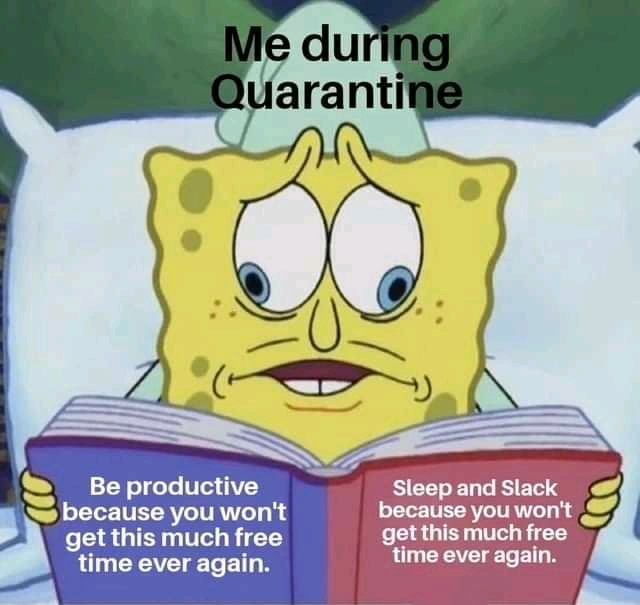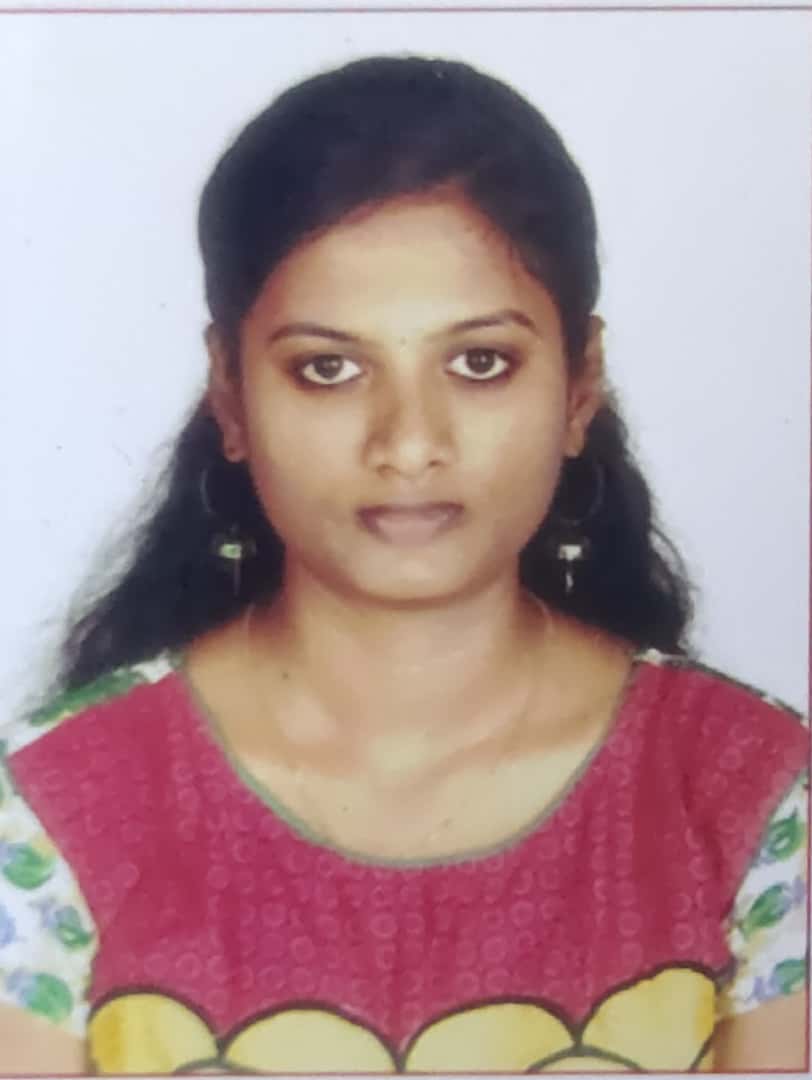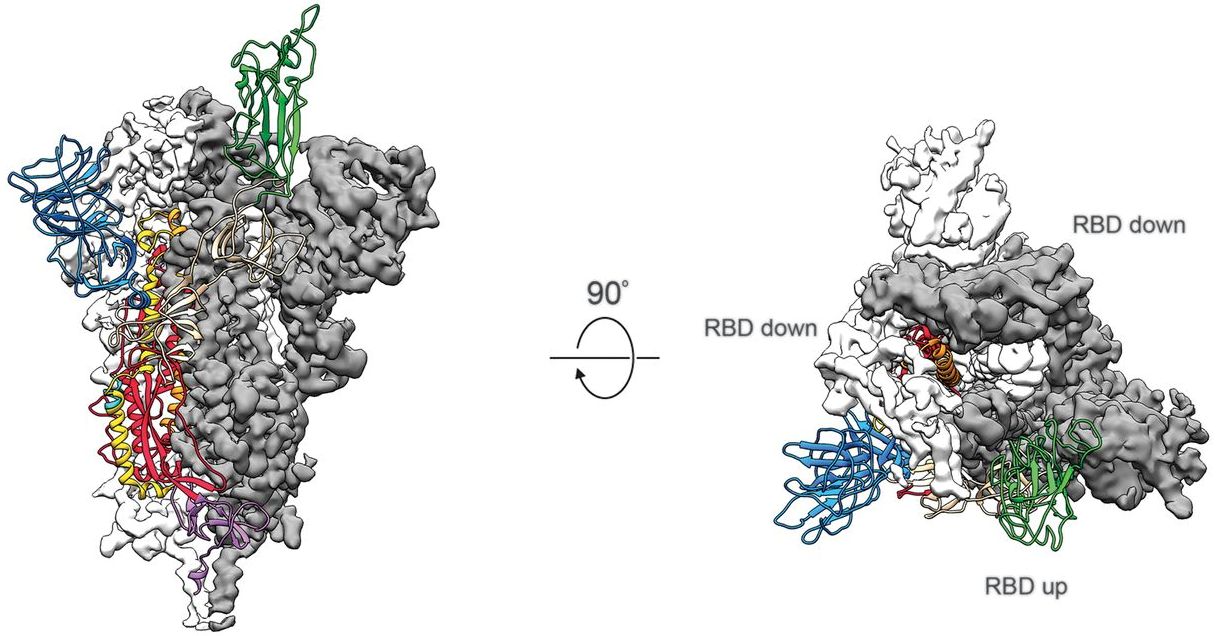This post is more of a record-keeping exercise than anything else—my first year-end recap blog post.
The year 2022 was a decent one. The year began with preparations for the qualifying exam of my PhD program, which was scheduled in March. The exam typically has two components: a work presentation and a course-based viva. I spent all of January and the first week of February setting several experiments in an attempt to accumulate data for my work presentation. Thereafter, I started writing the report and studying for the course-based viva. I was terrified about the exam. But I made it through, thanks to my family and friends’ fervent prayers and unwavering support. This was a milestone in my PhD journey. In another small step, I gave my first Annual Work Presentation in August.
I wrote 28,375 words in total in 2022. These include academic reports and popular science stories. I started writing popular science stories for the year in February. I wrote a profile of Talk To A Scientist for IndiaBioscience. Later in the year, I wrote another feature for IndiaBioscience covering the work of Rohit Naniwadekar and others on the Narcondam Island and its beautiful hornbill. I set a personal record for the longest piece written so far. The story, published in The Wire Science, was a report of an exciting study on false memories as part of the PSYCHE exhibition by Science Gallery Bengaluru. This is also easily one of the most exciting stories I have covered so far. Another interesting piece of work this year was the interview with Sukant Saran. I also highlighted a couple of important issues for Indian scientists: the revised GST rates for research items and the status of the ‘One Nation, One Subscription’ plan. Although scientists are still reeling under the former, there is some indication of hope for the latter in 2023. Another exciting story for me was my report on a paper describing how colonialism influenced the way plants are distributed across the globe. And I called it a wrap for the year with my final piece on the influence of wind currents on bird and insect migration, Blowin’ in the wind, for the December 2022 issue of Connect. A complete list of the stories I wrote this year and earlier is here.
I am incredibly grateful for all my mentors and editors, without whom none of this would have been possible: Vasudevan Mukunth, Samira Agnihotri, Deepika S, and Karthik Ramaswamy, to name a few. It’s always a blessing to have friends who read your work and give critical comments. Thanks to Upasana for being that second eye.
I also had the good fortune of managing the editorial team at IISc for the 2022 edition of Inventa magazine. It was fun working with an enthusiastic team of writers and editors to publish five popular science stories. In a first, I got interviewed for a podcast this year! I hope to see the story go live sometime in 2023 with my voice in it. I thoroughly enjoyed doing this!
A couple of other interesting events took place in my science communication and journalism path:
(1) I mentored a group of undergraduate and postgraduate students on science writing in neurosciences as part of the Mind Gala mentorship program. This opportunity was a near miss! The e-mail from the organizers offering my selection had landed in my junk mail, and I had missed the deadline to confirm my acceptance. I wrote to the organizers when I saw the mail, and I was later offered the position in place of another mentor who could not make it. It was fun teaching students and helping them write popular science articles.
(2) I became a full member of the Science Journalists Association of India this year. I had applied to be an associate member but was offered full membership. This was heartening.
On the academic front, it was a drought year, at least as far as my publication record goes. I only co-authored a video article published in the Journal of Visualized Experiments. Yet, I was academically engaged in working on different things. I wrote a draft grant and co-wrote two others, although we have yet to get one awarded. I hope that the draft grant will get through when we submit it in 2023. I assisted two faculty members in teaching two courses. One was part of my PhD requirement—a course on Cell Mechanics. Another was an NPTEL course on Drug Delivery: Principles and Engineering. I attended an EMBO lecture course on Microphysiological Systems: Advances and applications in human relevant research. I applied and got recommended by the selection committee for a fellowship. I hope the final word comes through in time in 2023. I registered as a student member of the American Chemical Society (ACS).
Experiments took a hit toward the end of 2022, in the last couple of months when the central animal facility was closed. These were frustrating days, but it also provided some time to engage in other interests. These were months of excellent outreach opportunities for me. I got to interact with a bunch of brilliant kids as part of the jury at the 30th KVS National Children’s Science Congress. I was on a panel discussion alongside some leaders in the biotech-based startup ecosystem in India. This was at the launch of the Bangalore chapter of B for Biology, a community of biotech students and enthusiasts. I moderated a panel discussion in association with ACS International, ACS PhD Hour: Thinking Beyond Academia. Another heartening opportunity to engage with the faculty of some engineering colleges in Bangalore came rather serendipitously. It was a faculty development program aimed at discussing topics that are part of a new course curriculum that was designed.
At a personal level, it’s been a year of highs and lows. My sister got married this year, which was a happy event for all of us at home. But between the engagement and the wedding, I lost my grandfather. I always wished he was with me if and when I got my PhD. He was genuinely interested in my education since childhood and always motivated me. Although he did not fully understand what I was up to, he always genuinely asked me how many years I had left in my course. Such genuine encouragement means the world to a first-generation PhD student.
There are many things to look forward to in 2023 as I start the year with hopes and aspirations. I hope to make decent progress on the academic front—publish papers, obtain grants, foster collaborations, etc. It’ll be a great win if I can see how to get to the end of the PhD tunnel. If I get blessed with an opportunity to write for a science media platform/publication outside India in addition to the ones based in India that I will continue to write for, I’ll take that as a bonus.


















